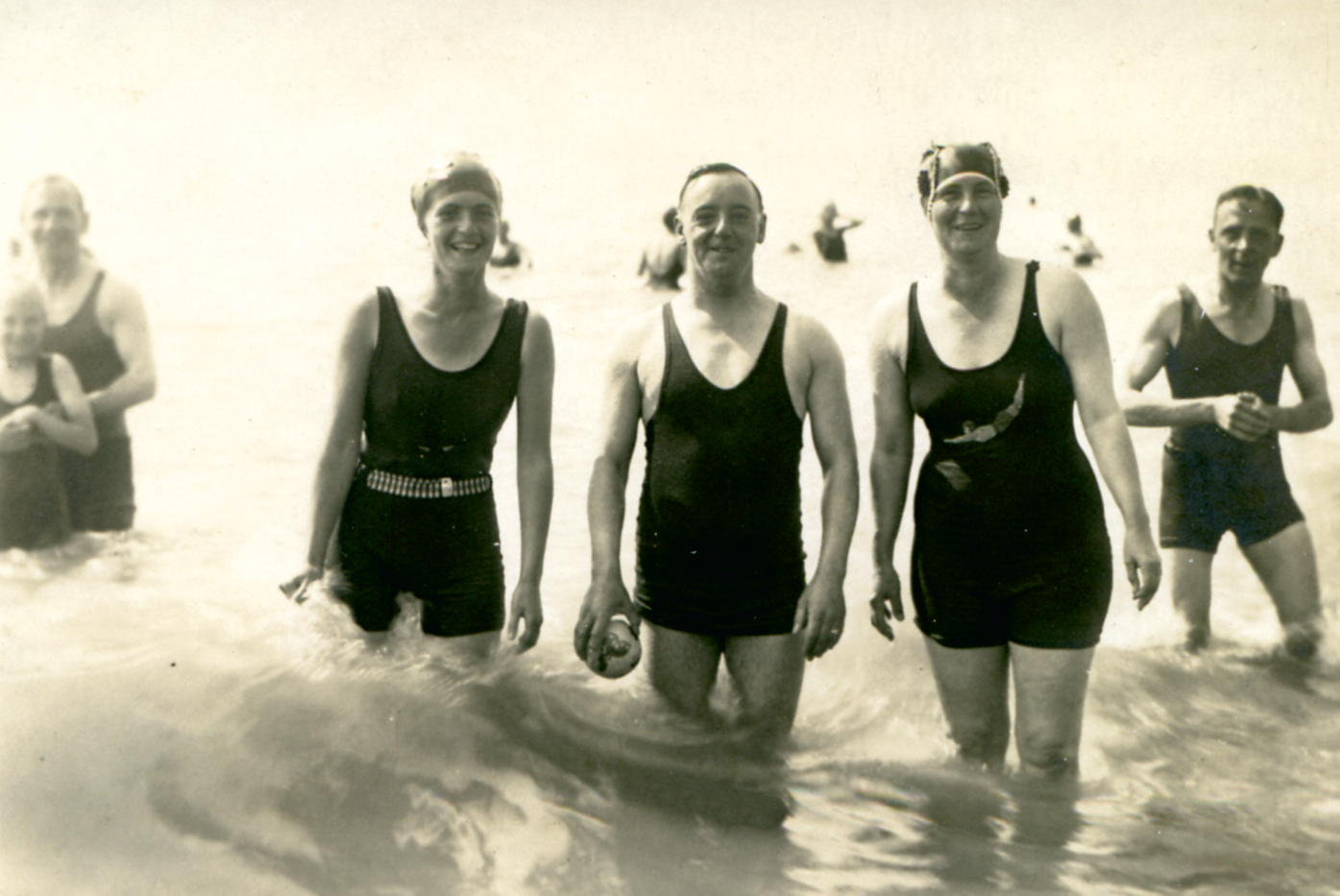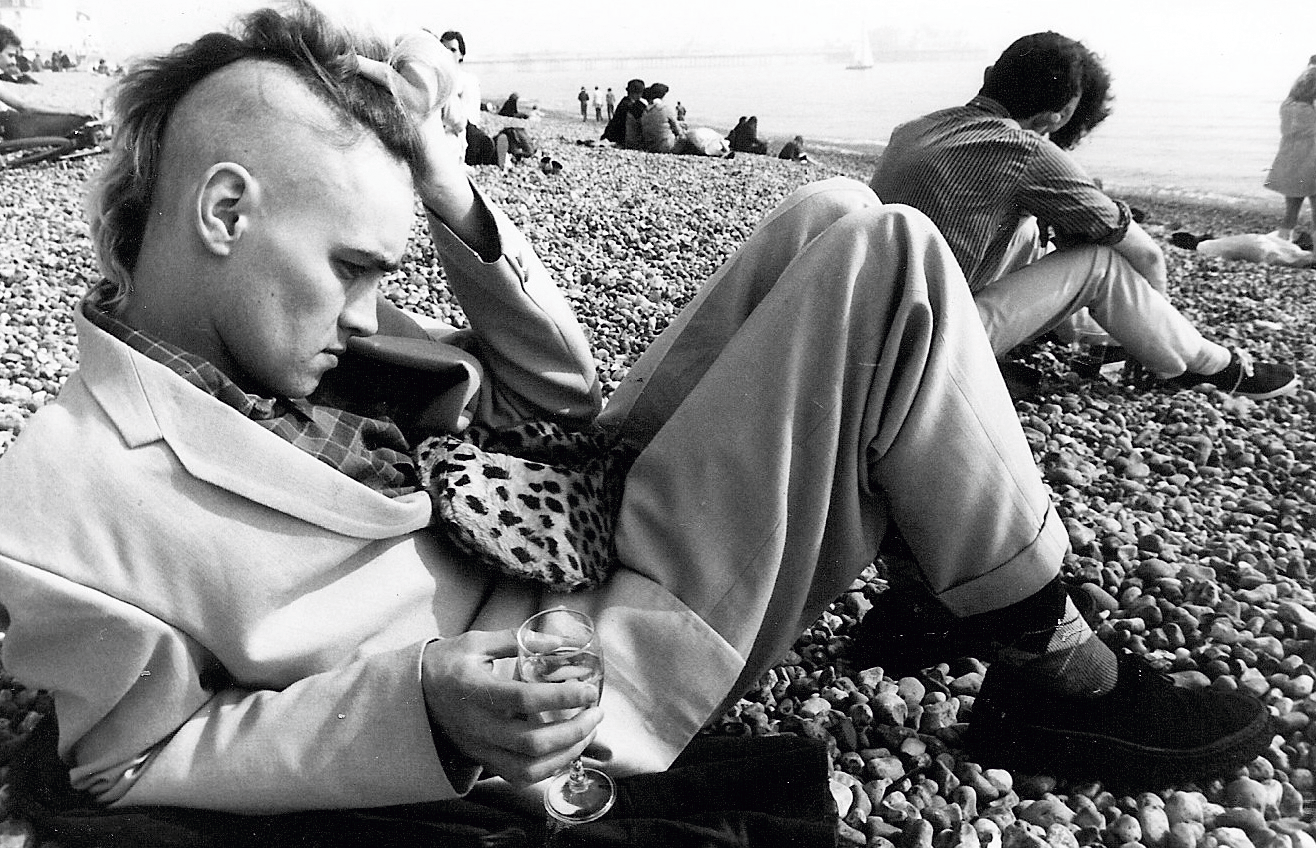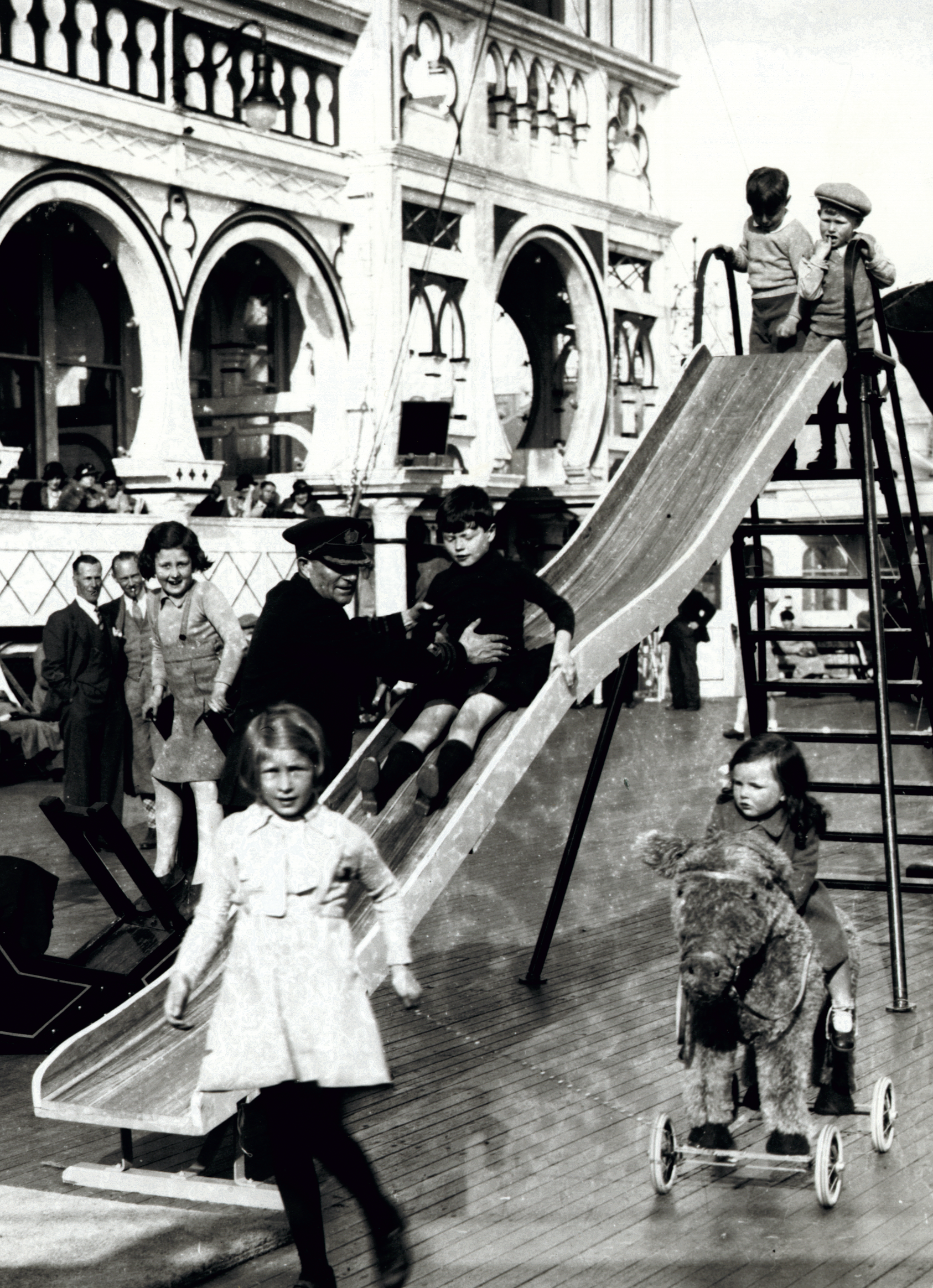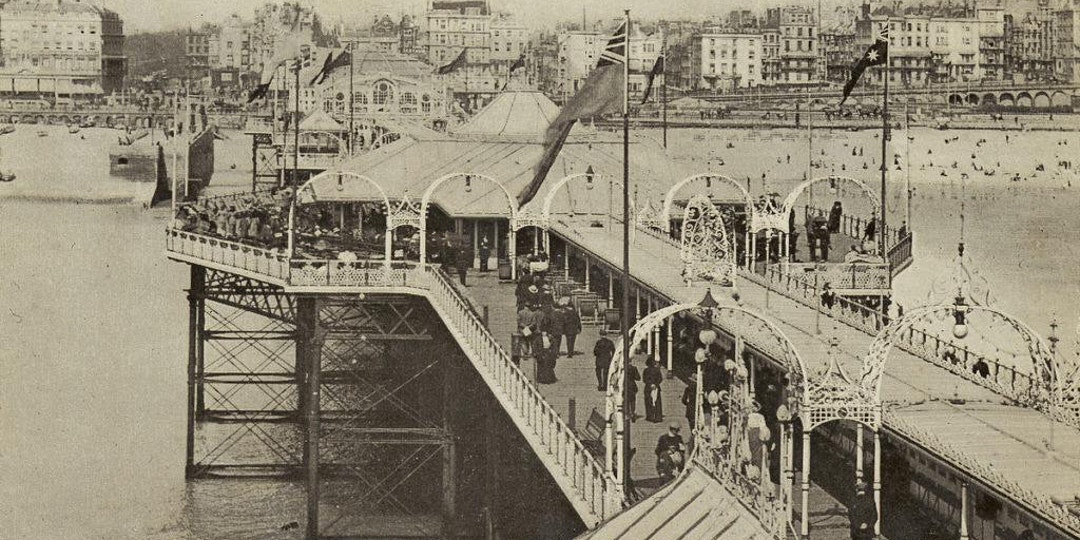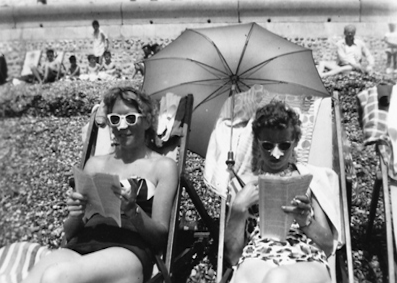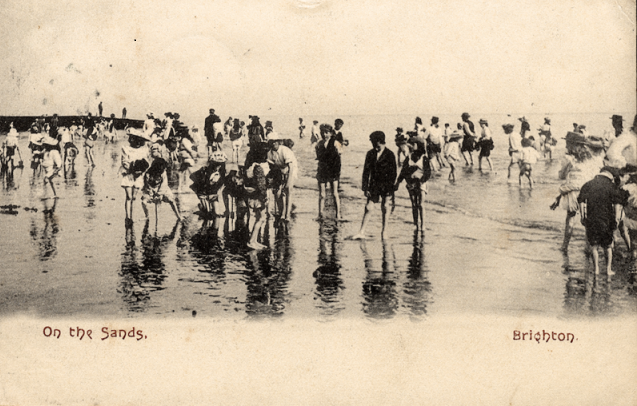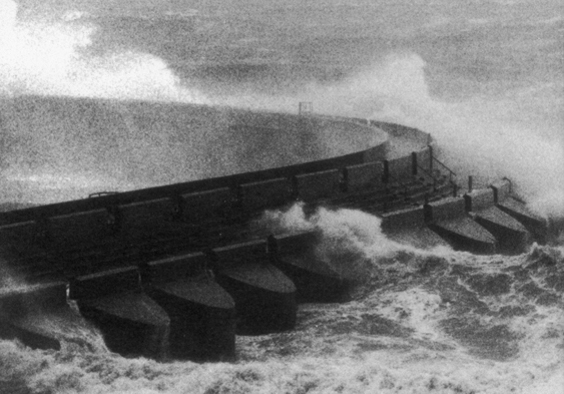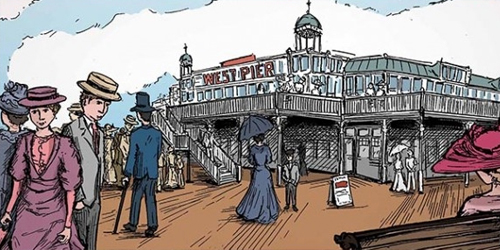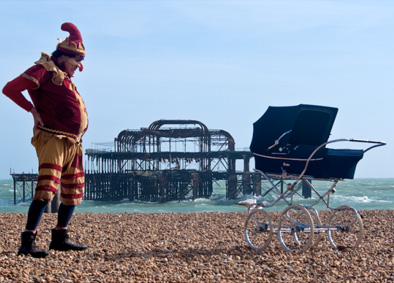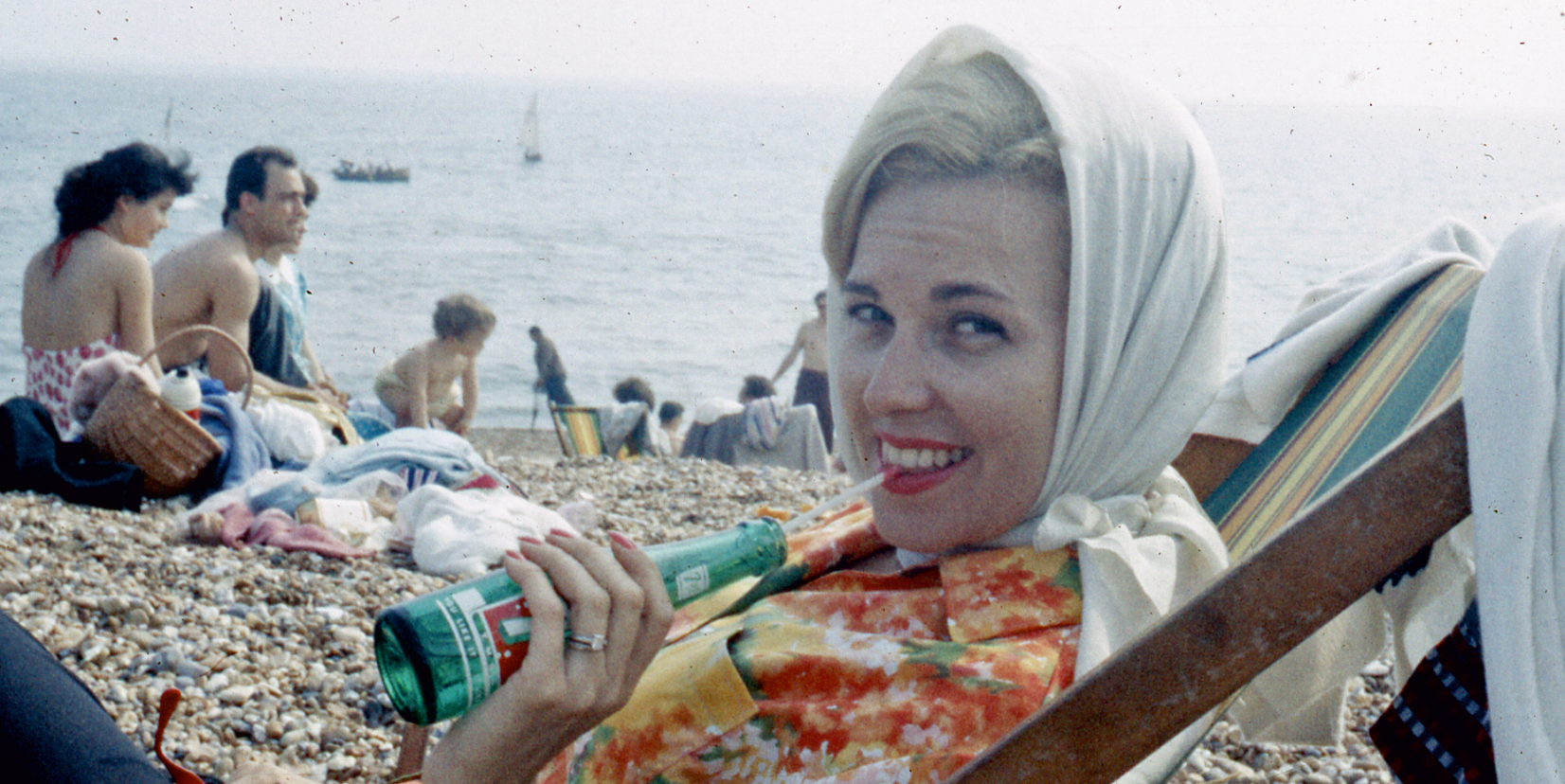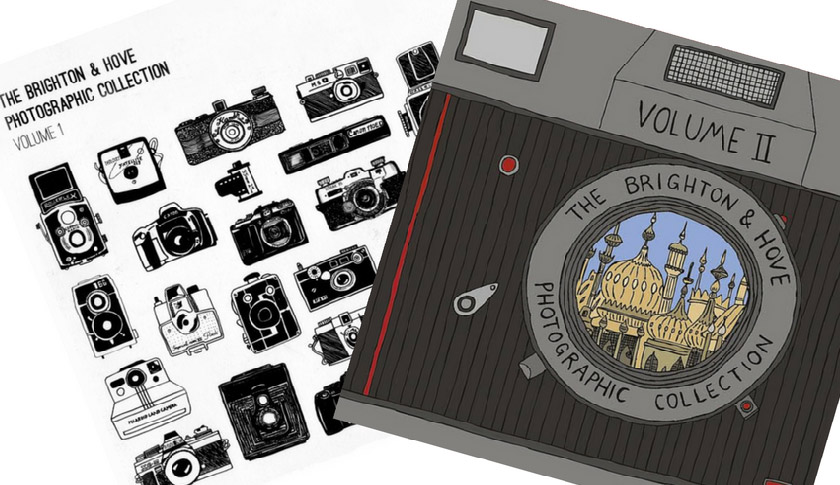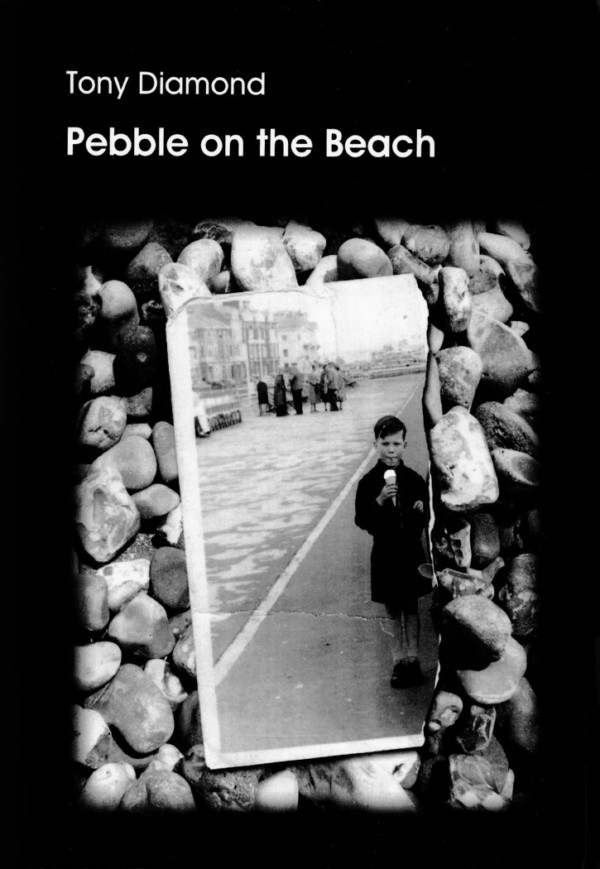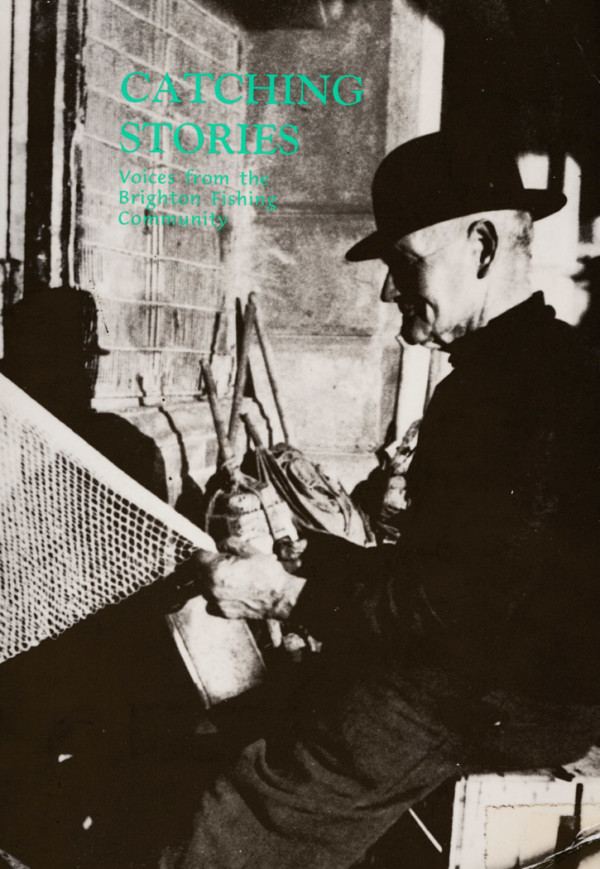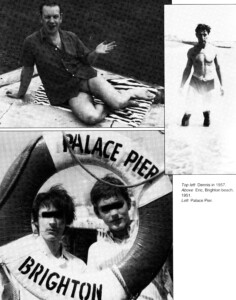The evidence of Brighton as a dwelling place goes back to Roman Times, and like many towns along the UK’s South Coast it began life as a fishing village. Its location has made it vulnerable to the worst of the weather from the English Channel, but it only takes a hint of sunshine for locals and tourists to gravitate towards Brighton’s iconic seafront; from the early piers to the i360, from the penny arcades to the clubs in the arches, from the bathing huts to the naturist beach – most people will have a happy memory from the beach.
The coastline for Brighton and Hove stretches 13km between Portslade in the West and Rottingdean in the East. The most recognised section lies between the Palace and West Piers, which currently includes attractions such as the Brighton Fishing Museum and numerous food outlets, cafes and clubs – but there are also lovely walks east along Madeira Drive or west via Hove Lawns.
QueenSpark’s Brighton’s Seaside Stories – A People’s History is a collection of first-person accounts selected from our titles, covering work, leisure, tourism, clubbing and protest, and it also includes the stories relating to many of the images shown below.
Historical images of Brighton seafront
The history of Brighton’s Palace Pier
The Palace Pier first opened in 1899. It cost £27,000 to build which was a significant investment then – the equivalent of £2,000,000 in today’s money. When the lights were switched on 3,000 light bulbs lit up the 1,772 feet of the pier and its attractions. The first ‘amusement machines’ were added in 1905 and the entertainment space – Brighton Concert Hall – was added in 1907. Familiar rides like Dodgems and a Big Wheel made an appearance in 1932. The Palace Pier remains a popular destination today with more than 6 million visitors each year.
The history of Brighton’s West Pier
The West Pier on the borderline between Brighton and Hove has a more tragic history. It opened 33 years earlier than the Palace Pier in 1866. At first it contained six small ornamental beach houses to be used by visitors and two toll-houses. Later, a central bandstand, steamer landing stages and a concert hall were added with works completed in 1916.
Arthur Thickett first came to Brighton in 1970, and in 1993 he wrote a QueenSpark book about his experiences of working on the pier in Deckhand, West Pier.
In 2003 an arson attack on the pier, following significant storm damage in late 2002, ended 137 years of the West Pier (who was responsible for the attack is a topic of much local debate, imaginatively explored and visually depicted in QueenSpark’s Brighton – The Graphic Novel). Work was undertaken in 2010 to remove what remained of the crumbling concert hall. The spot of beach opposite the skeleton has become a place for contemplation. Beach goers watch the once great structure crumble and decay and continue to find beauty in it as it frames a sunset or acts as a start and end point for a murmuration of starlings.
Brighton’s coastline and beaches have been a permanent fixture through world wars and an ever-changing Britain. They have been the destination for holiday-makers, hen-dos, car rallies, mods and rockers, political conferences and anyone, Brightonion or otherwise, who needed a moment in the sea air.
Read more about the history of Brighton seafront
We have gathered the images and stories of our world famous coastline into volumes on different Brighton Seafront topics.
See more of QueenSpark Books historical topics




